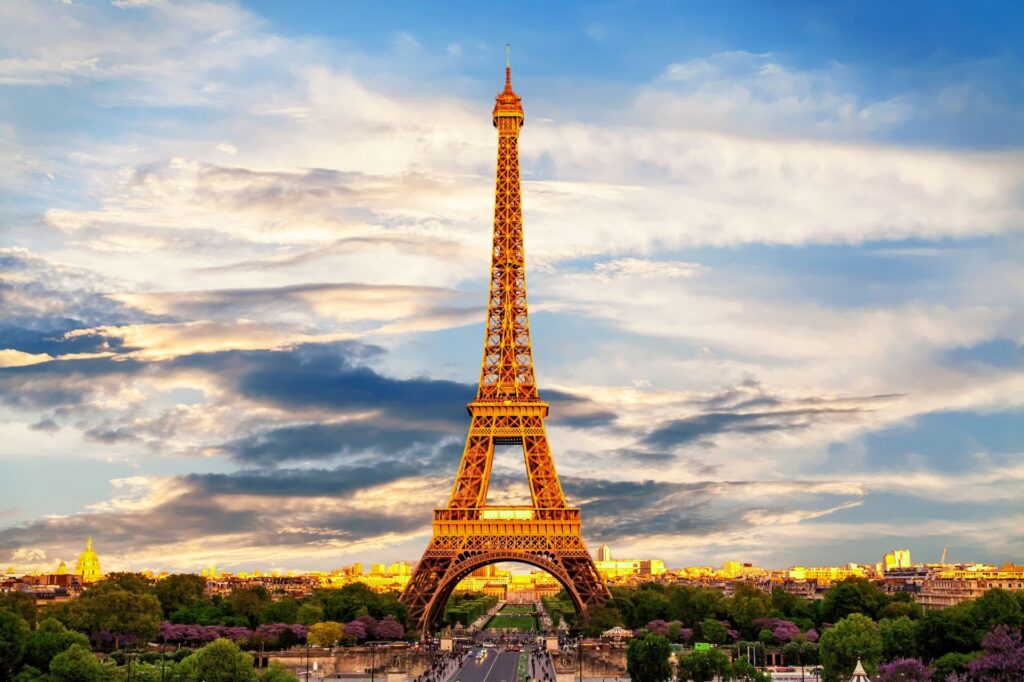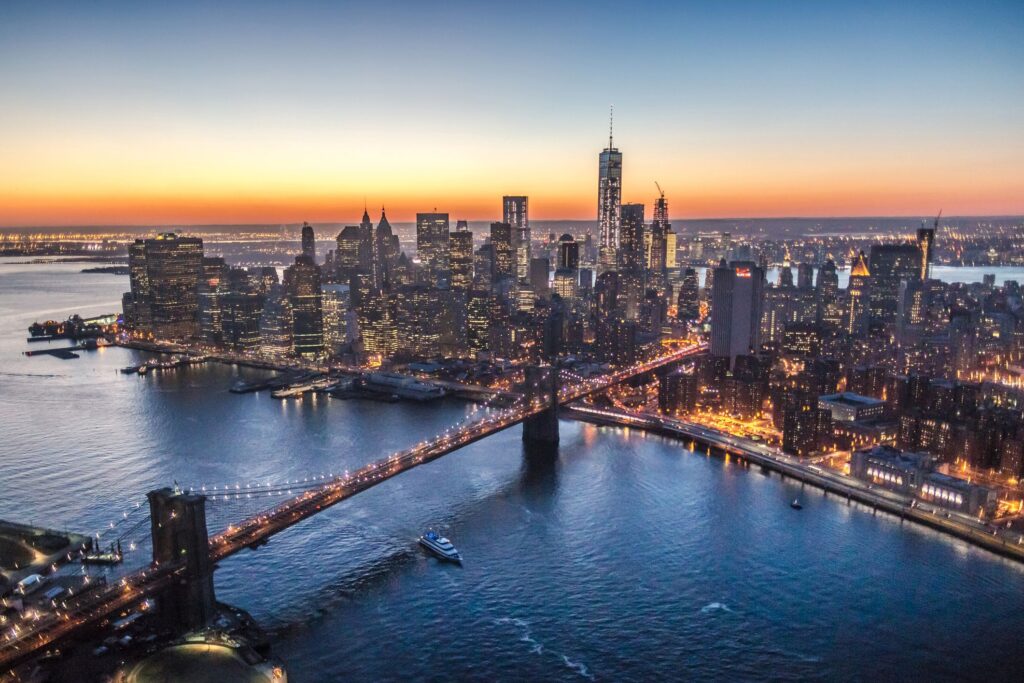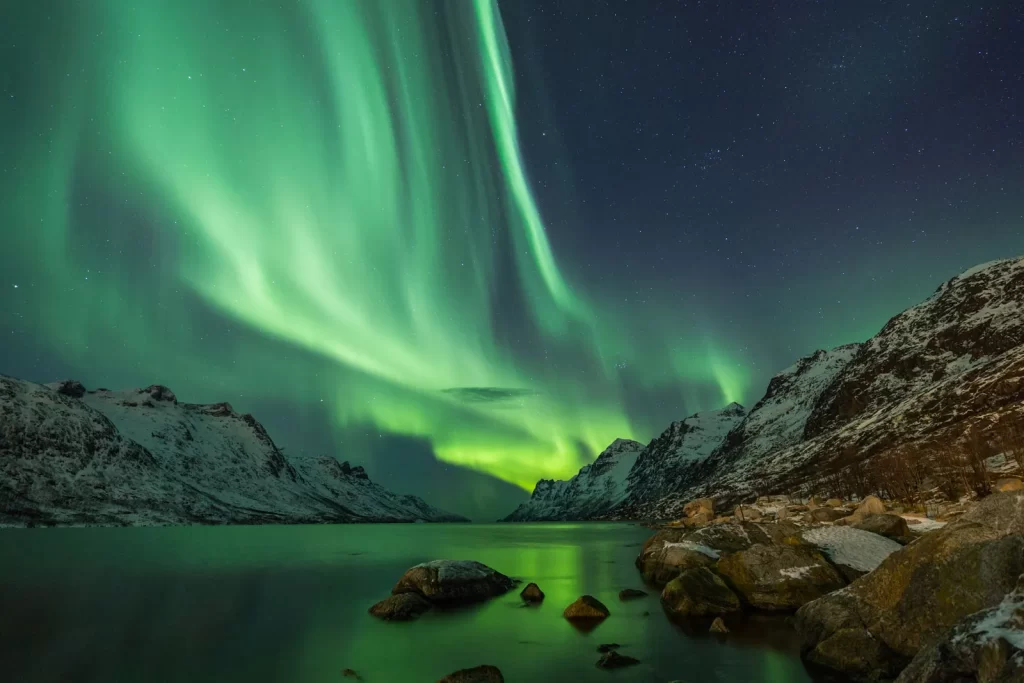The Danube River travels through 10 countries in Europe.
Best Danube River Cruises.
If you live near it or plan to visit, you might want to know where it goes and what cities are on its banks.
Here are the cities that I have visited that can be accessed by the Danube River:
Budapest, Hungary
Budapest is the capital and the largest city of Hungary.
It is also a popular tourist destination in Central Europe, being an important regional centre for business, finance, public transport and recreation.
The city has been continuously inhabited since prehistoric times to today.
Budapest is located on both sides of the Danube River’s two branches and on the banks of their tributaries (the river divides into three arms) that flow through its territory; it lies about 110 kilometres (68 miles) northeast from Vienna and about 160 kilometres (99 miles) southwest from Bratislava.

Ulm, Germany
Ulm is a city in the state of Baden-Württemberg, Germany, on the River Danube. Inhabitants of Ulm are called Ulms.
Ulm is the cultural and economic center of the Danube Swabian region.
The city has a long tradition in industry, science and trade.
With more than 100 museums and art galleries, it is one of Germany’s most visited tourist destinations.
Passau, Germany
The city of Passau is located on the Danube River and is home to a university.
It’s also known for being the largest cathedral in Europe and has a Benedictine monastery as well as a brewery.
Bratislava, Slovakia
Bratislava is the capital and largest city in Slovakia.
It’s located on the Danube River.
Bratislava is known for its many cultural attractions, including museums and galleries, cathedrals, historical buildings and parks. The city has been home to many important events throughout history, including the coronation of Kings Stephen I of Hungary and Charles Robert I in 1315; two Councils of Regency (1337–1339) during the interregnum between royal dynasties; coronations Joseph II (1780)and Francis II (1807); meetings between representatives of Russian tsars Peter Iand Alexander I(1708–11), Napoleon Bonaparte (1809), Alexander II (1876) at which they agreed upon mutual assistance against Turkey, Hungarian Soviet Republic during World War II – from November 1944 until April 1945 when Soviet troops withdrew from Slovakia after having lost Czechoslovakia as a result of World War II but before it could be formally declared an independent republic.
Vienna, Austria
Vienna is the capital of Austria and the 7th largest city in the European Union. Home to many famous composers, artists, architects and scientists, Vienna is often called “the city of music”.
The population of Turks living in Vienna represents approximately 10% of its total population.
As a result, it has become home to the largest Turkish community outside Turkey itself.
Jews make up about 11% of Vienna’s population; they represent one of Europe’s most prominent Jewish communities.
Belgrade, Serbia
The capital of Serbia, located in central part of the country on the Danube River.
As a river port, Belgrade has been a cultural and commercial center for centuries.

Novi Sad, Serbia
Novi Sad, the largest city in Vojvodina, is also the largest city in Serbia and the Danube-Sava economic region.
It has a population of 250,000 people.
The city is also home to one of Europe’s three largest universities (the University of Novi Sad), as well as a large student population that makes up about 20% of the total number of residents.
It’s not surprising that this beautiful city attracts many tourists from around Europe and beyond every year—it’s known for its diverse architecture and rich cultural heritage
Vidin, Bulgaria
The second largest city in Bulgaria and the oldest, Vidin is situated on a bend of the Danube River.
It has a population of around 72,000 and is a major port on the Danube River.
During its long history it has been under Ottoman domination for over 500 years until it was conquered by Russia in 1878. The city is also known for being the birthplace of many Bulgarian revolutionaries such as Georgi Sava Rakovski who led an uprising against Ottoman rule, Vasil Levski who was one of the most influential leaders during Bulgaria’s struggle for independence from Ottoman rule and Hristo Botev who helped lead another uprising against Ottoman rule (he also wrote poetry).
Bucharest, Romania
Bucharest is the capital of Romania and largest city in the country.
It’s also the 13th largest city in Europe, as well as 6th largest city in the EU.
With over 2 million inhabitants, Bucharest is 8th most visited city in Europe.
Its size makes it one of the most important industrial centers in Eastern Europe and one of Romania’s main economic hubs!
The Danube River travels through 10 countries in Europe.

The Danube River is Europe’s second-longest river and the longest river in Europe.
The Danube River stretches 4,320 miles (6,820 kilometers) through 10 countries in Europe.
The 10 countries the Danube River travels through are: Germany, Austria, Slovakia, Hungary, Serbia/Montenegro/Romania/Bulgaria/Moldova/Ukraine and Moldova.
As you can see, the Danube has a lot to offer.
The cities along its banks are rich with history and culture, as well as modern amenities, making them tourist destinations for locals and visitors alike.
If you’re planning a trip, don’t forget to check out some of these amazing cities that are bathed by the Danube River!



